
Case Study: Managing Invasive Watermilfoil in Reservoir
A Central Colorado town about 25 miles north of Denver has experienced rapid population growth over the past decade. A large 30 surface acre drinking water storage reservoir serves the growing population of more than 25,000 people. The lake is classified as a “no contact” waterbody, which prohibits swimming, wading and boating, but is otherwise open to the public for recreation and fishing. This unique ecosystem of the lake and surrounding landscape is home to several species of warm-water fish, waterfowl, birds, amphibians, and other small mammals. This waterbody is an important asset for its drinking water supply as well as a venue for the outdoor recreation valued highly by locals.
In 2019, SOLitude Lake Management was contacted regarding concerns of over abundant aquatic vegetation growth in the reservoir. During the initial site visit, the plant causing concerns within the resource was identified as watermilfoil. The client was mainly concerned with their infrastructure continually becoming clogged with the vegetation as well as the nuisance growth limiting fishing access for the public.
Invasive Watermilfoil
- Before & After
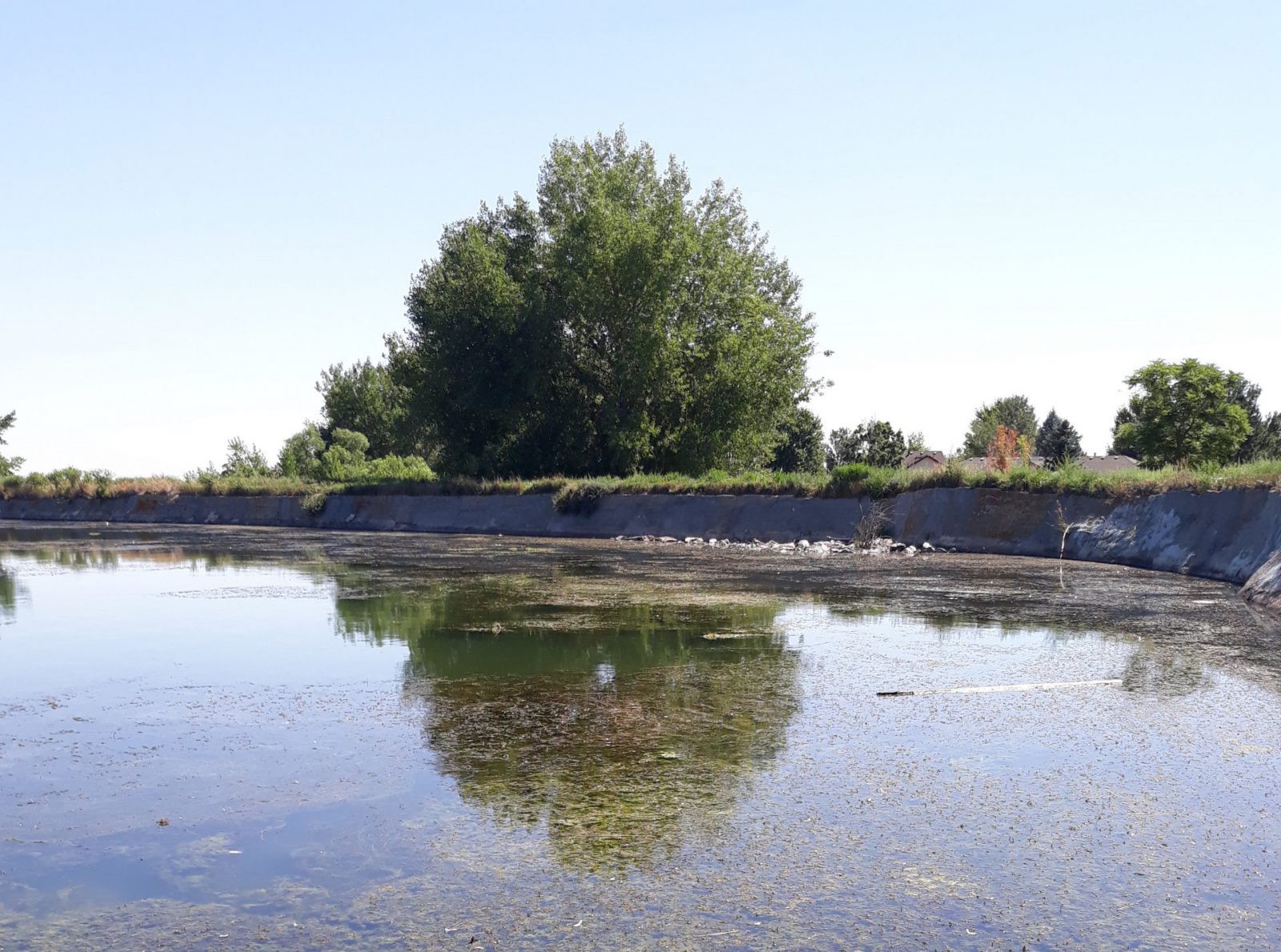
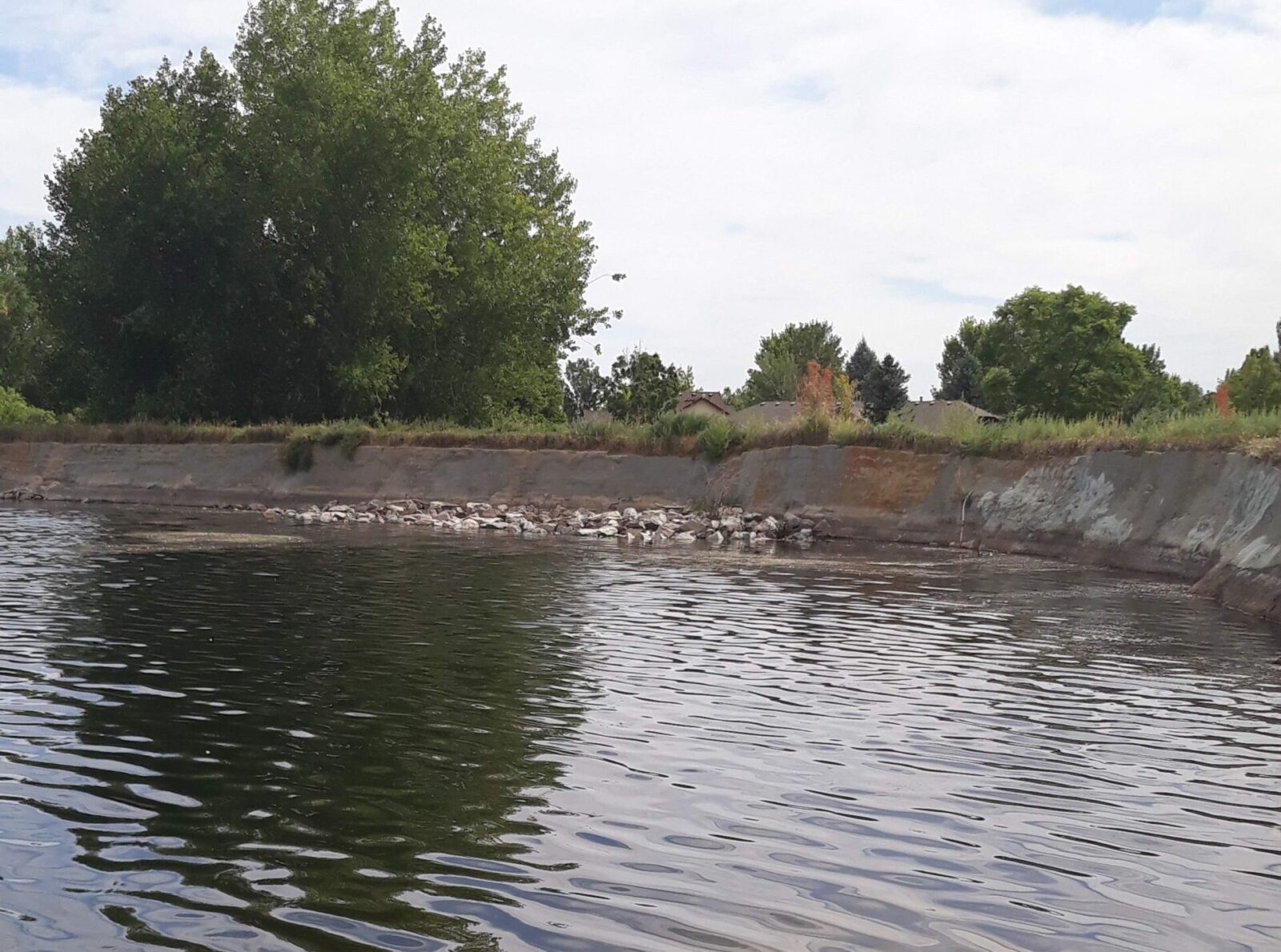
When SOLitude first visited the site in July 2019, the watermilfoil was limited to an estimated 5-10 ft ring around the shoreline, as well as several <0.5-acre areas in the middle of the lake. At the time of the treatment in August, the milfoil had increased to an estimated 10-20 ft ring around the edge. With denser vegetation growth and additional growth in the middle of the resource, the invasive milfoil covered an estimated 30 percent of the reservoir. It was clear that this drinking water reservoir was in desperate need of watermilfoil control.
Aquatic Vegetation Growth
- Before & After
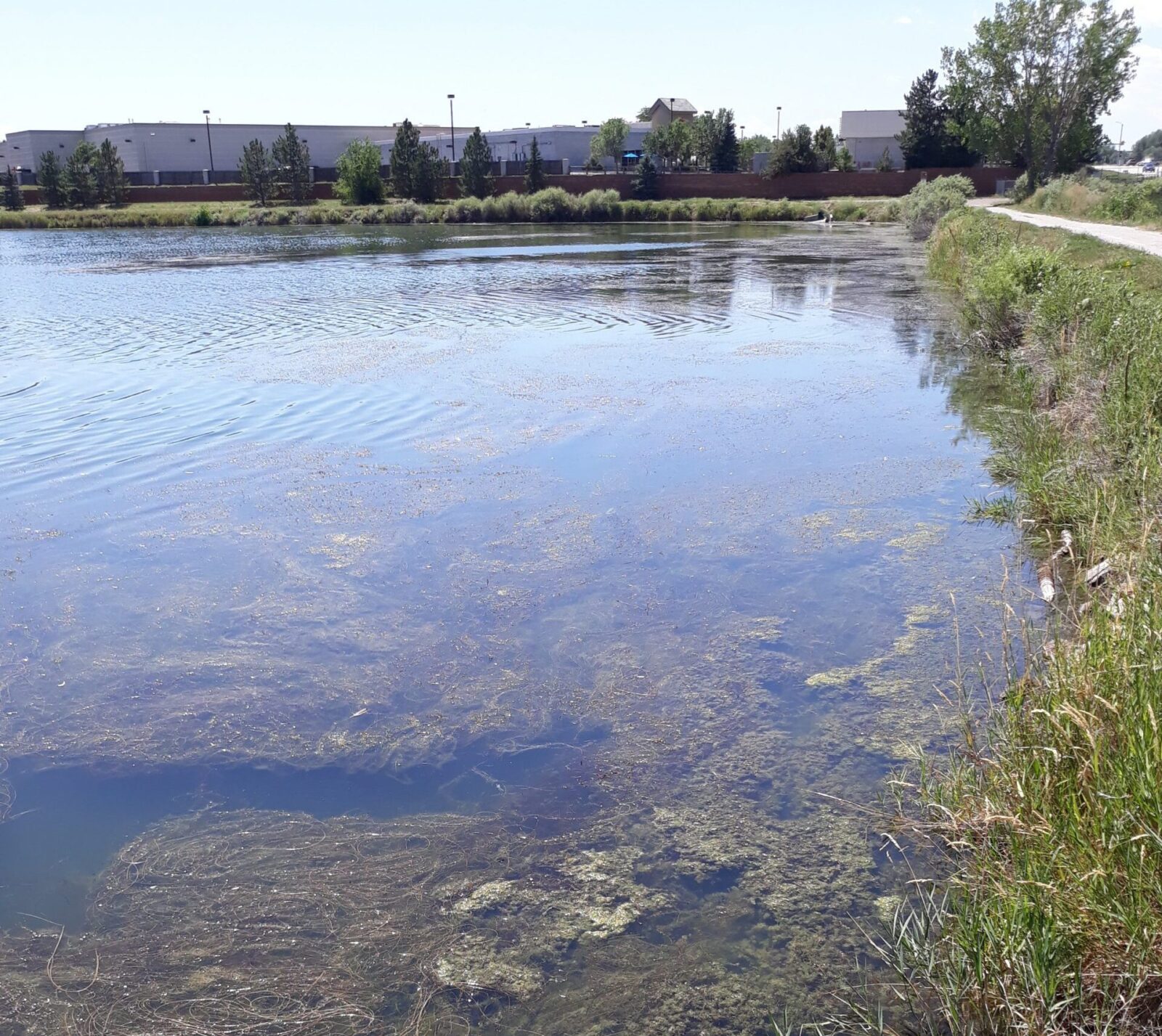
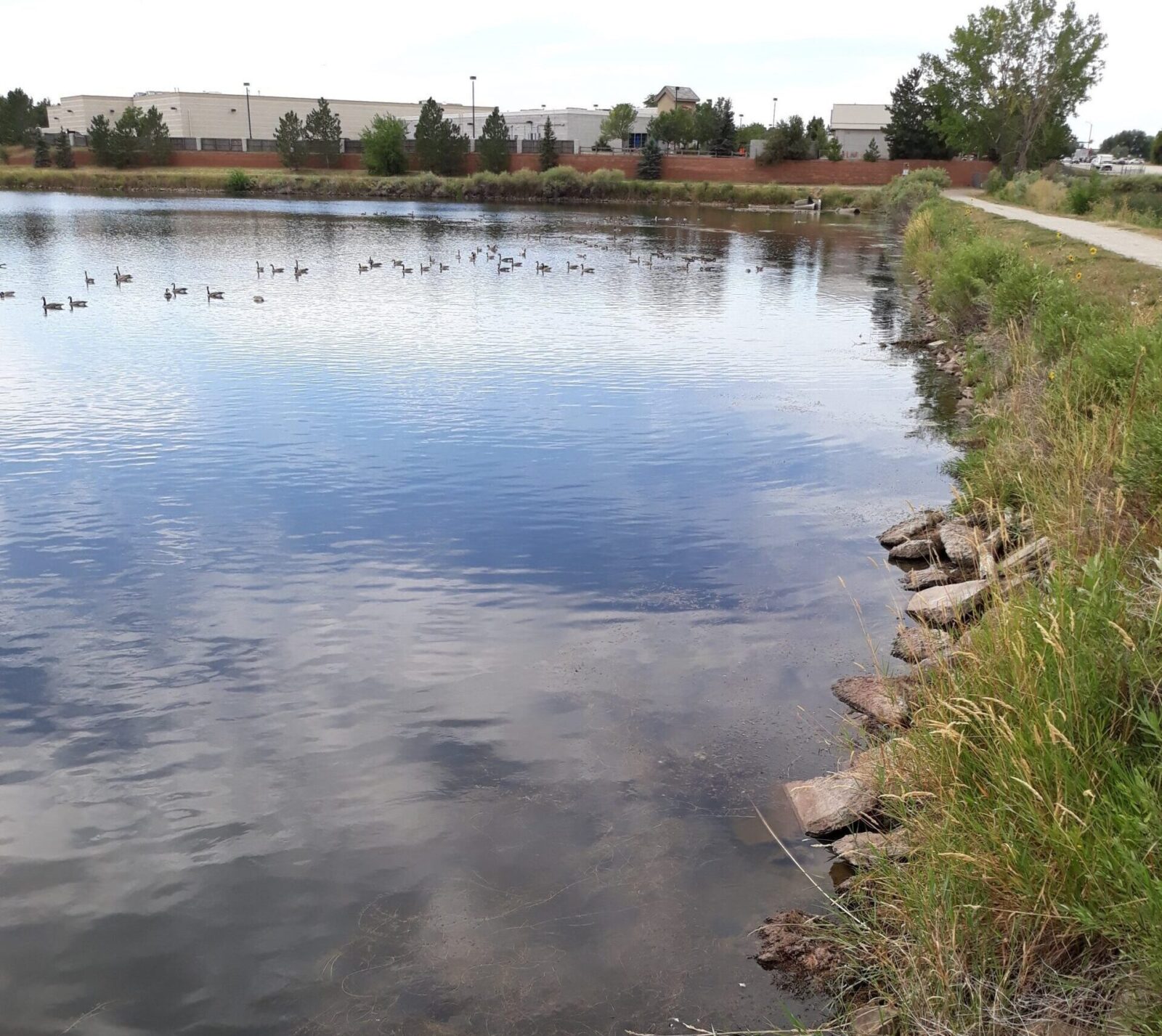
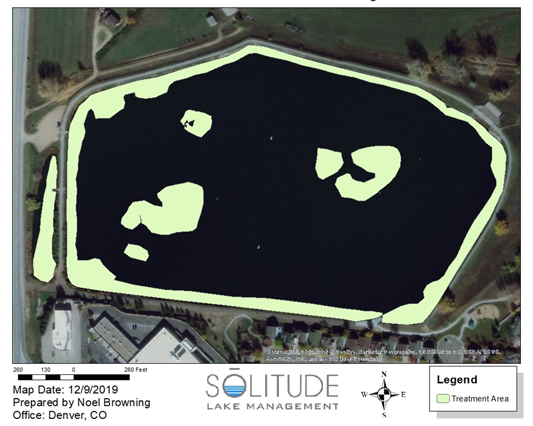
A new herbicide technology called ProcellaCOR® was chosen as the management solution for the invasive watermilfoil due to its selectivity, long-term effectiveness and Reduced Risk classification by the Environmental Protection Agency (EPA). On August 13th, 2019, the watermilfoil control technology was applied by Certified Specialists who trained directly with the product manufacturer to implement ProcellaCOR treatment programs.
Experts returned to the site on August 29th to monitor the success. To the client’s delight, the undesirable vegetation was no longer rooted within the pond and any of the rapidly decomposing milfoil that was still present was concentrated to the shoreline. Within the middle of the reservoir, the watermilfoil invasive species was gone and the remaining vegetation was covering less than 5 percent of the resource.
Ultimately, fishing access within the reservoir was restored and the vegetation clogging the pumps was no longer a concern to the town. By leveraging this new technology to more effectively target the unique growth mechanisms in the milfoil, the client is more likely to avoid the costs and downtime associated with re-application each year.









